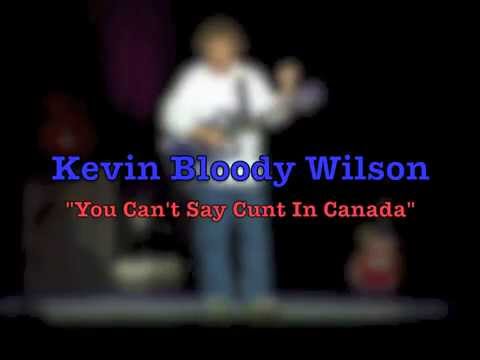This is something that Canada has toyed with for decades. Various small community studies have been conducted to observe the real world effects (in Canada - I’m sure elsewhere as well).
I think this idea is born from the shift to robotics, the increase of population, and an “unequal” distribution of wealth.
All three realities of our computerized society may be used as fearful developments AND without any form of address, will be a dystopian type outcome.
Increase in populations are linked to poverty, poor health, lack of education, lack of opportunity and dependence on “handouts and charities”.
Robotics are financially reducing the need for human labor, displacing many and creating new service industries.
Financial titans steer the world and take full advantage of societal handouts under the claim of keeping employment, creating jobs and monopolizing vital serves that our modern society requires.
Should Canada (or other countries) move towards this it is estimated that once regular incomes (disability, EI, CPP, etc) are blanketed under “UBI” (universal basic income), an additional 44 billion would be “needed”.
We’ve had no problems in the past taxing. No government issue with GST (business no tariffs- consumers pay) or Carbon Taxing (gas in your tank are almost all taxes) or failing to keep and distribute wealth to its citizens via “resource wealth”.
Our GST is separated into necessary (no GST on milk) and non-necessary (McDonalds meal, yes).
I was wondering-
What about a “luxury” tax tier? Subjectively, tax is set for “poor, middle, wealthy”. The poor, in theory, should be paying little to no GST. The middle and wealthy, more so. BUT is a person is spending millions on a home, or their vehicle/s are over 100k, one pair of jeans is $600 and a purse is $15,000…don’t get me into jewelry and art… couldn’t there be a higher tax placed upon these forms of purchases?
Nobody has any qualms about charging me an arm and a leg in tax for smoking  …so if you have the money to “afford” these, what’s the problem?
…so if you have the money to “afford” these, what’s the problem?
Canada - this figure includes ONLY (In the Consumer Market Outlook, Luxury Goods encompass highly exclusive personal items that convey the taste and status of their owners. This includes Apparel, Footwear and Leather Accessories, Eyewear, as well as Watches and Jewelry, and Cosmetics.) GOODS not vehicles or high end housing
C$7,002m OR … $7,002,000,000
($5,395m USD) in 2021. The market is expected to grow annually by 3.26%
Canada - Luxury Vehicles the Luxury Cars market segment is projected to reach C$395m
Oh business subsidies… Canada spend about $29 billion a year on business subsidies

 )…
)…